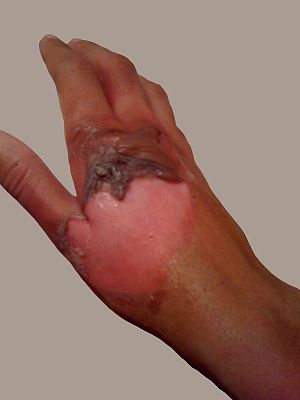
A review conducted by LM Disseldorp etal on Physical fitness in people after burn injury. The objective was to gain insight into the physical fitness of people after burn injury compared with healthy subjects, and to present an overview of the effectiveness of exercise training programs in improving physical fitness in people after burn injury.
The review includes studies that provide quantitative data from objective measures of physical fitness of both the intervention group and the control group.
Characteristics of each study such as study design, institution, and intervention are reported, as well as mean ages and burn sizes of the subjects. Results are divided into 5 components of physical fitness—muscular strength, muscular endurance, body composition, cardiorespiratory endurance, and flexibility—and reported for each component separately.
Eleven studies met the inclusion criteria, and their methodological quality was assessed using the PEDro score and a modified Sackett scale. Six studies were used for the comparison of physical fitness in burned and nonburned subjects, and 9 studies for evaluating the effectiveness of exercise training programs.
The conclusions drawn were that physical fitness is affected in people with extensive burns, and exercise training programs can bring on relevant improvements in all components. However, because of the great similarities in the subjects and protocols used in the included studies, the current knowledge is incomplete. Future research should include people of all ages with a broad range of burn sizes, for both short-term and long-term outcomes.
The newly developed HandTutor and its sister devices (ArmTutor, LegTutor, 3DTutor) have become a key system in neuromuscular rehabilitation and physical therapy for burn victims and those suffering from many other disabilities. These innovative devices implement an impairment based program with augmented feedback and encourage motor learning through intensive active exercises. These exercises are challenging and motivating and allow for repetitive training tailored to the patient’s performance. The system also includes objective quantitative evaluations that provide the therapist information to customize the most suitable rehabilitation program to the patient’s ability. Currently part of the rehabilitation program of leading U.S. and foreign hospitals the Tutors are also used in clinics and at home through the use of telerehabilitation.
No comments:
Post a Comment